Climate change is transforming our globe at an alarming rate and some of the most stunning natural treasures in the world are disappearing quicker than we ever dreamed they would. Glaciers which are gigantic rivers of ice that have carved out valleys, mountains and lakes for thousands of years are melting faster than they ever have before. This means one thing for travelers, if you’ve ever wanted to get up close and personal with a glacier now is the time to go.
It’s not just about crossing somewhere off your bucket list; it’s also about viewing delicate, gorgeous landscapes that might not be around for future generations. These glacial patches are melting, so go see them before they are gone. They can be found in Iceland, Alaska, the Alps and Patagonia.
Alaska’s Mendenhall Glacier
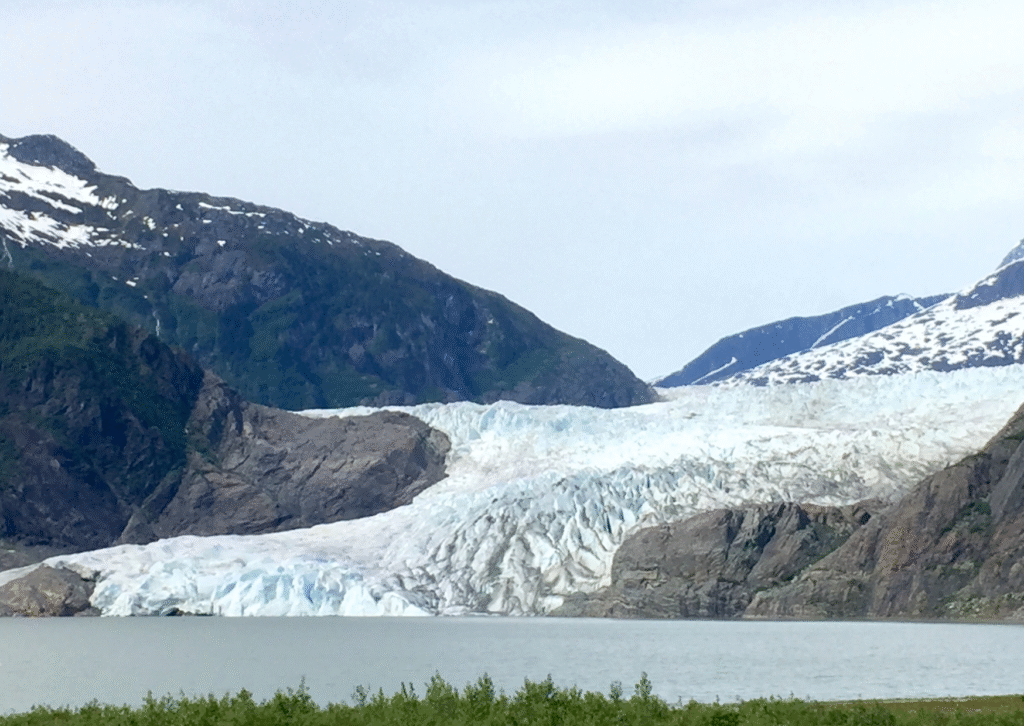
Mendenhall Glacier is one of the simplest glaciers in North America to get to. It’s nestled close to Juneau, Alaska. It is 13 miles long and comes from the Juneau Icefield. There are blue ice caves that you can’t see from the outside. Scientists on the other hand anticipate that Mendenhall could pull back a lot this century.
You can fly into Juneau International Airport and then drive the short 12 miles to the glacier visitor center.
The best time to travel is between May and September when the trails are open and there are boat and kayak tours all the time.
While you can check out unique ice caves and creatures like black bears and bald eagles.
The Athabasca Glacier in Alberta, Canada
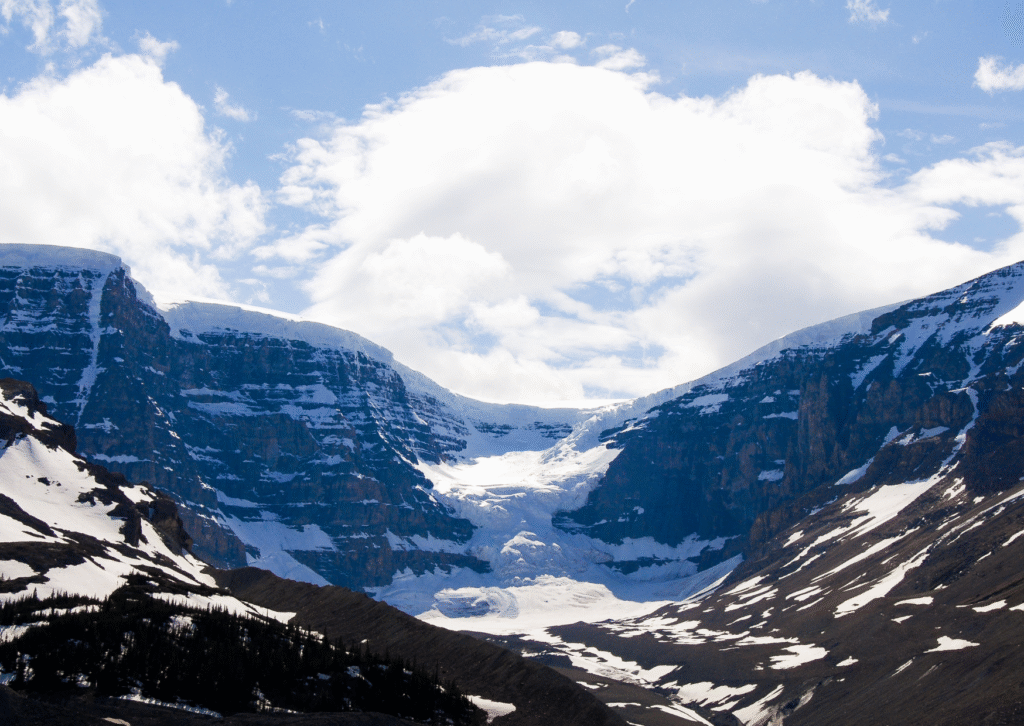
One of North America’s most popular glaciers is the Athabasca Glacier in the Canadian Rockies. It is part of the Columbia Icefield which is a large sheet of ice that feeds rivers all over the continent. Sadly, Athabasca is getting smaller by almost 16 feet every year.
The Icefields Parkway between Jasper and Banff will take you there. Guided glacier tours start at the Columbia Icefield Discovery Center.
The best time to go is between June and September.
With skilled guides, you may walk on the glacier itself and watch how the ice is melting.
The Vatnajökull Glacier in Iceland
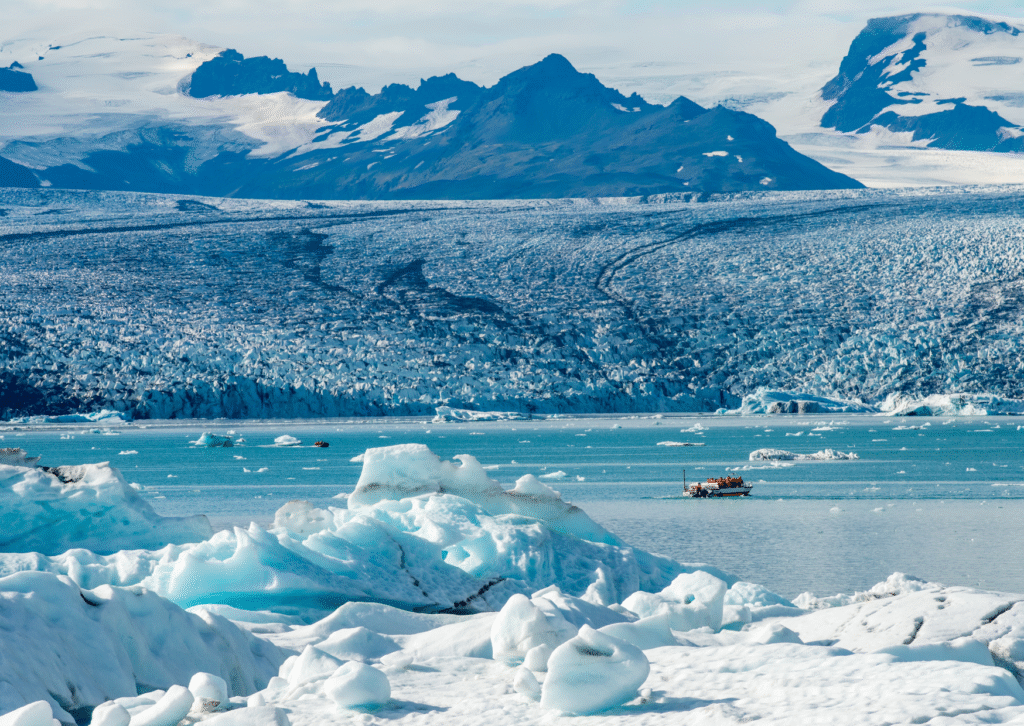
Vatnajökull is the biggest glacier in Europe and covers roughly 8% of Iceland. Its ice fingers feed beautiful lagoons, waterfalls and volcanoes. On the other hand, climate change has made it shrink a lot. Icelanders fear that many glaciers nearby could be gone in the next 50 to 100 years.
The primary visitor hub for glacier trips, Skaftafell is almost 4–5 hours east of Reykjavik.
From November to March, the greatest period to see ice caves is from June to September.
You can feel like you’re in a different world when you go inside ice caverns that shine electric blue. Your grandchildren may never get this chance again.
The Perito Moreno Glacier in Argentina’s Patagonia
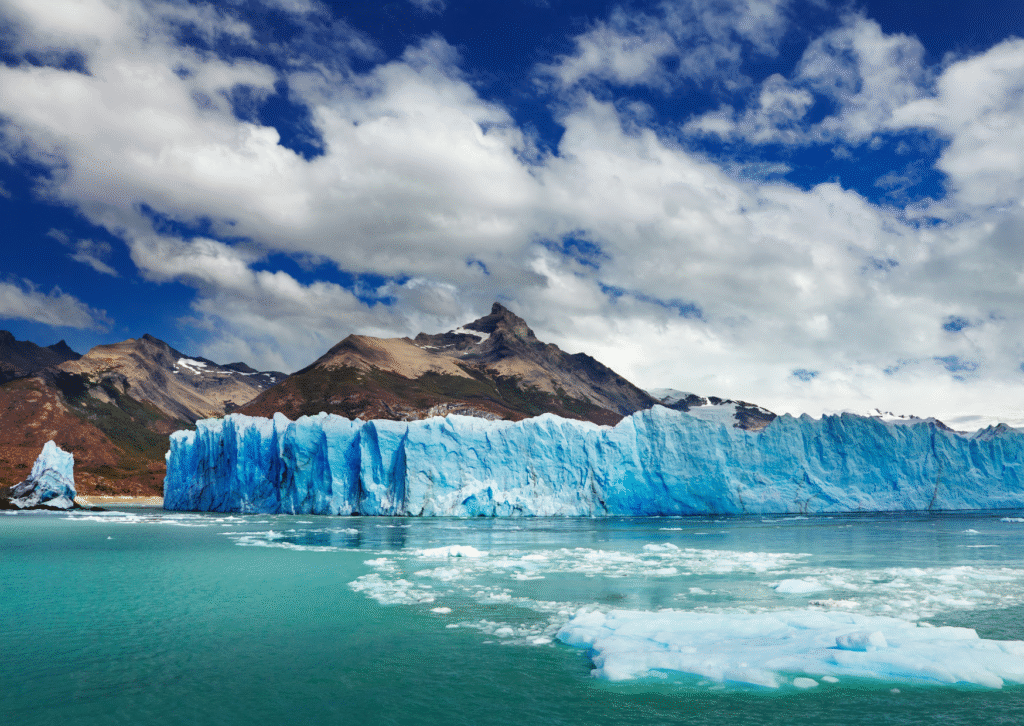
Unlike most other glaciers, Perito Moreno doesn’t change much over time. But that doesn’t mean that climate change won’t have an effect on it in future. It is one of South America’s most recognized natural wonders because of its dramatic ice calving when massive chunks of ice break off and fall into Lake Argentino.
You can fly to El Calafate and then board a bus for two hours to Los Glaciares National Park.
From December to March, which is summer in Patagonia, is the greatest time to go.
Listen to the loud roars as the huge ice walls break and tumble apart. This is the purest kind of nature’s music.
The Franz Josef Glacier in New Zealand
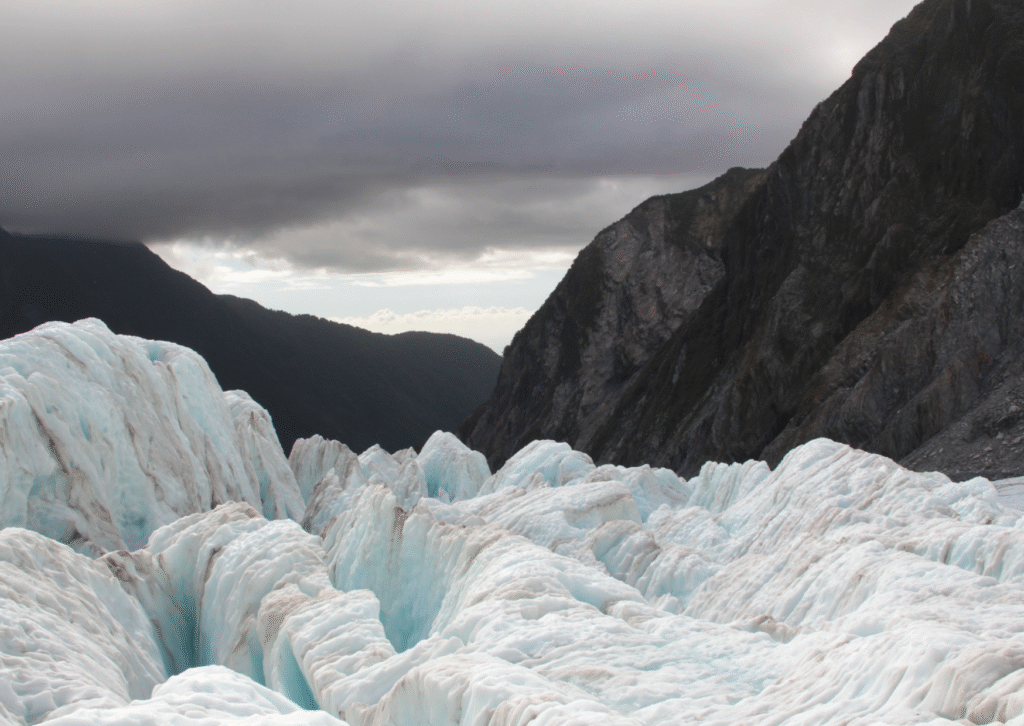
From the Southern Alps, the Franz Josef Glacier on New Zealand’s South Island dips almost to sea level. In the last few years, heli-hikes have taken the place of guided treks on the ice since it is melting.
You can get to Franz Josef village by driving for 5 hours from Queenstown or 6 hours from Christchurch.
From November to March is the greatest time to go.
Check out the uncommon sight of a rainforest and a glacier in the same place. This is something that is becoming less common around the world.
The Jostedalsbreen Glacier in Norway
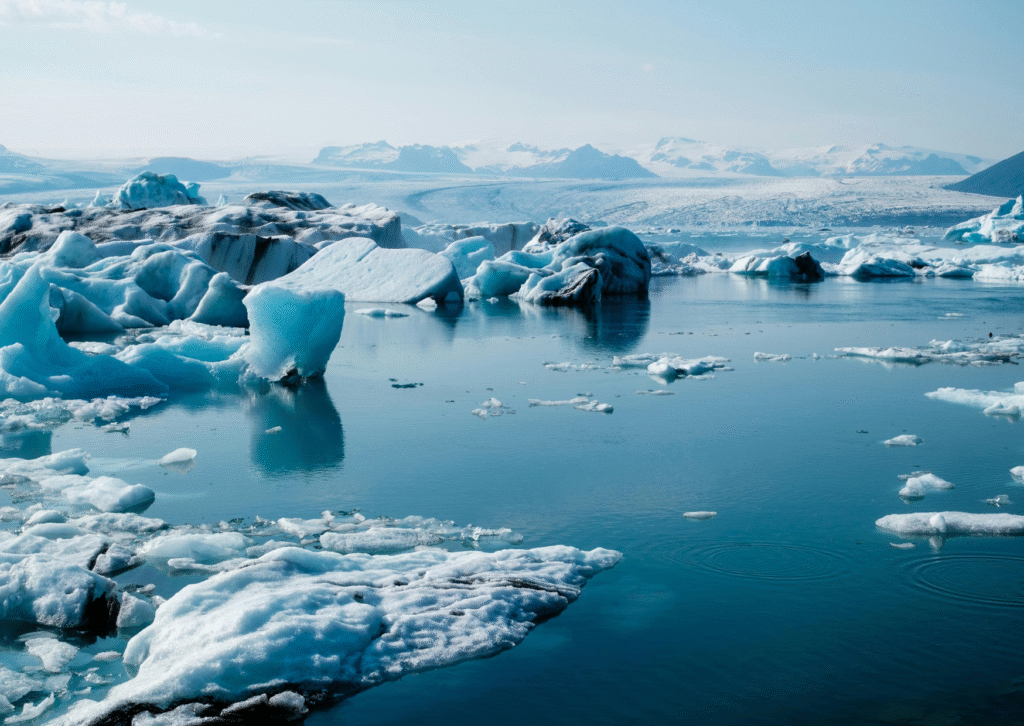
The greatest glacier in continental Europe is Jostedalsbreen. It covers valleys and fjords in western Norway. It is the most magnificent item but it has lost more than 10% of its mass since 2006.
It takes roughly five hours to drive from Bergen to Jostedalsbreen National Park. Tours start from places like Loen and Fjaerland.
June to September is the best time to go.
Look at the spectacular blue crevasses and ice tunnels before they go deeper into the mountains.
The Rhône Glacier in Switzerland
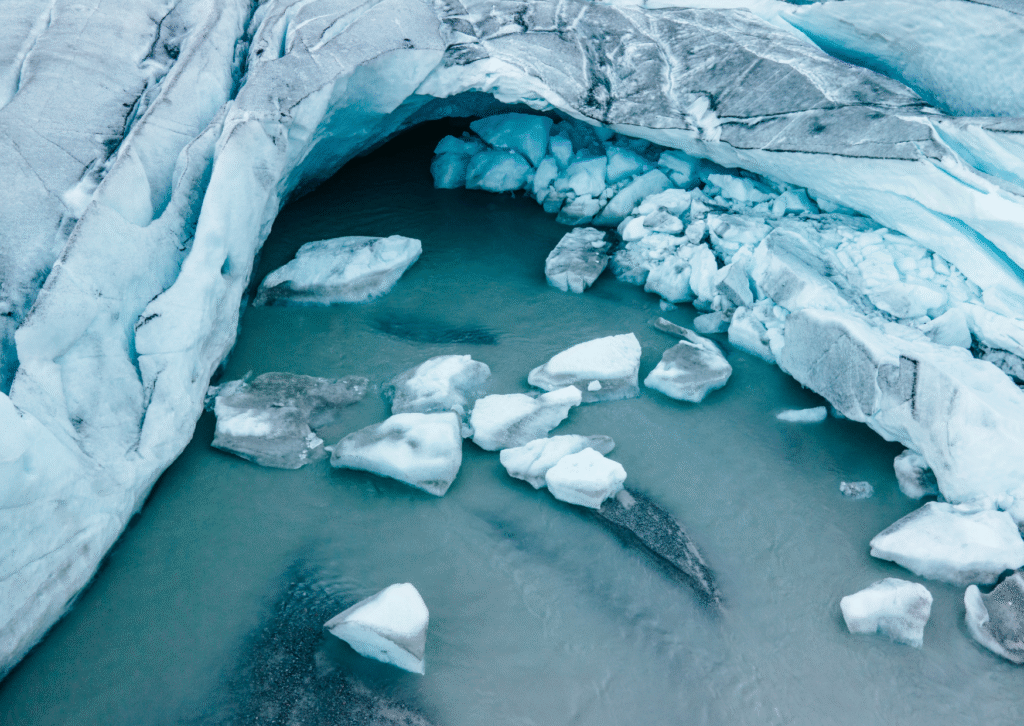
In the Swiss Alps, the Rhône Glacier used to reach all the way down to the valley floor. Now, though you can see that it is getting smaller every year. People even covered some of it with white blankets to keep it from melting. This is a strong picture of how people are working to stop global warming.
The Furka Pass road is passable in the summer and you may drive there and stop right at the glacier.
From July to September is the ideal time to go.
You can go into the man-made ice grotto that was sculpted out of the glacier. It’s a magical experience but the heat might ruin it.
Glaciers on Mount Rainier in the United States
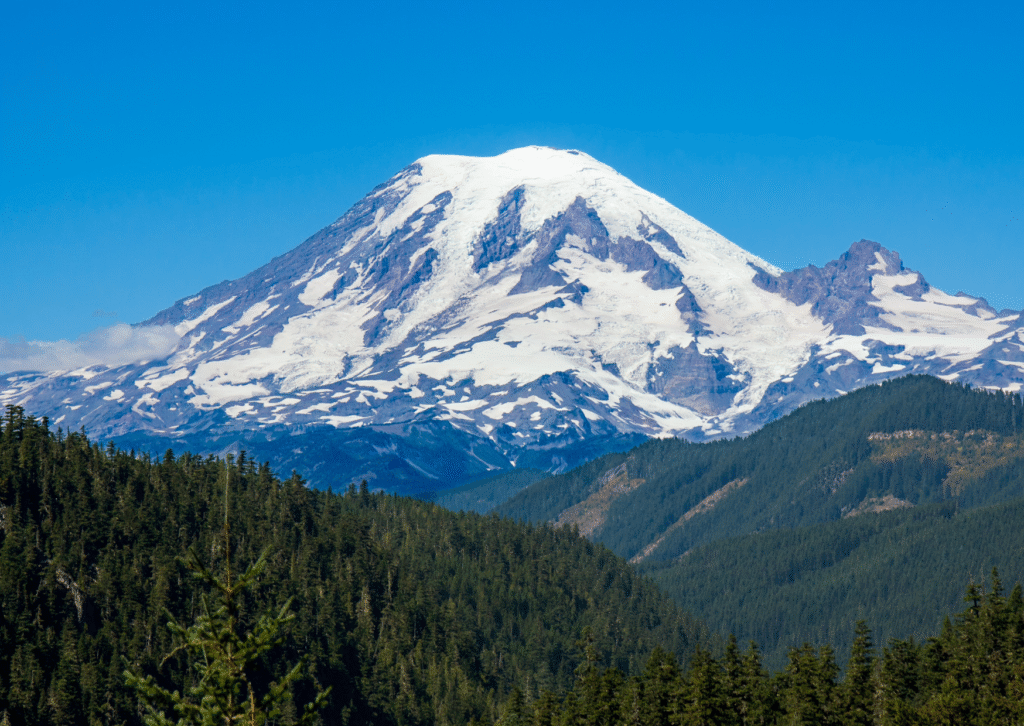
Mount Rainier boasts more glaciers than any other summit in the lower 48 states. But tragically, the glaciers there are melting faster than anywhere else in the country. Some of the small glaciers on the mountain are already gone.
Fly to Seattle and then drive for roughly two hours to Mount Rainier National Park to get there.
The best time to visit is from July to September.
Hike on paths like Skyline Trail to see the glaciers before they migrate farther away.
Peru’s Pastoruri Glacier
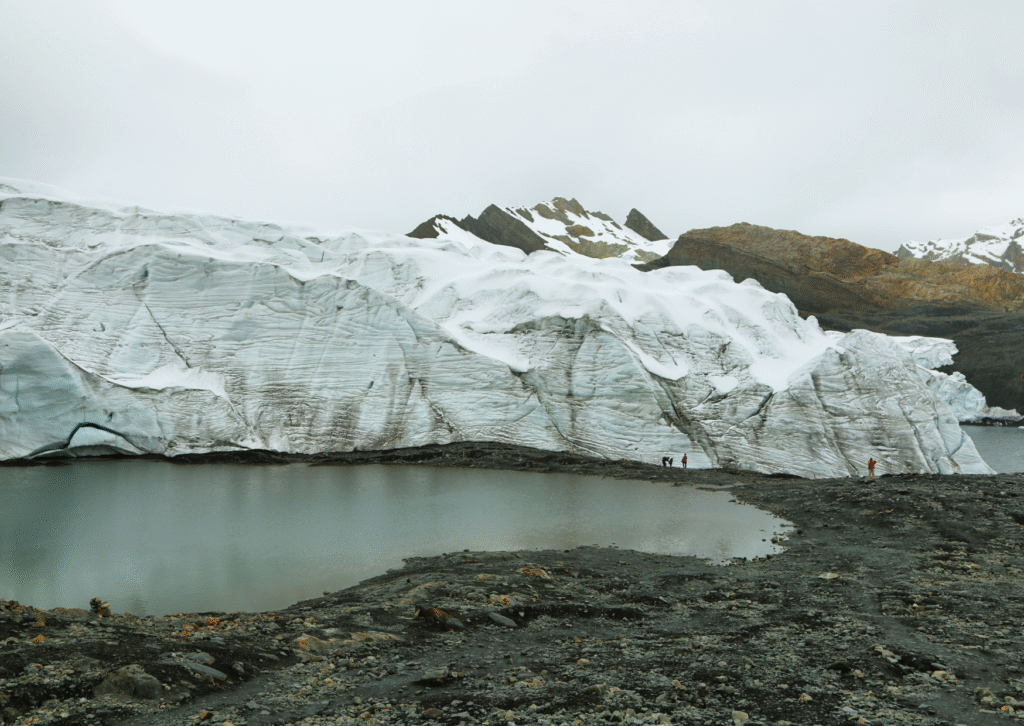
In the Andes, people used to ski on the Pastoruri Glacier. It has gotten so small that skiing is no longer viable and it is now a tragic example of how glaciers are melting in warm places.
It takes three hours to go from Huaraz to the Cordillera Blanca range.
May to September is the best time to go because it is dry.
One of the most shocking places on Earth to see a melting glacier is in the tropics.
The Fox Glacier in New Zealand
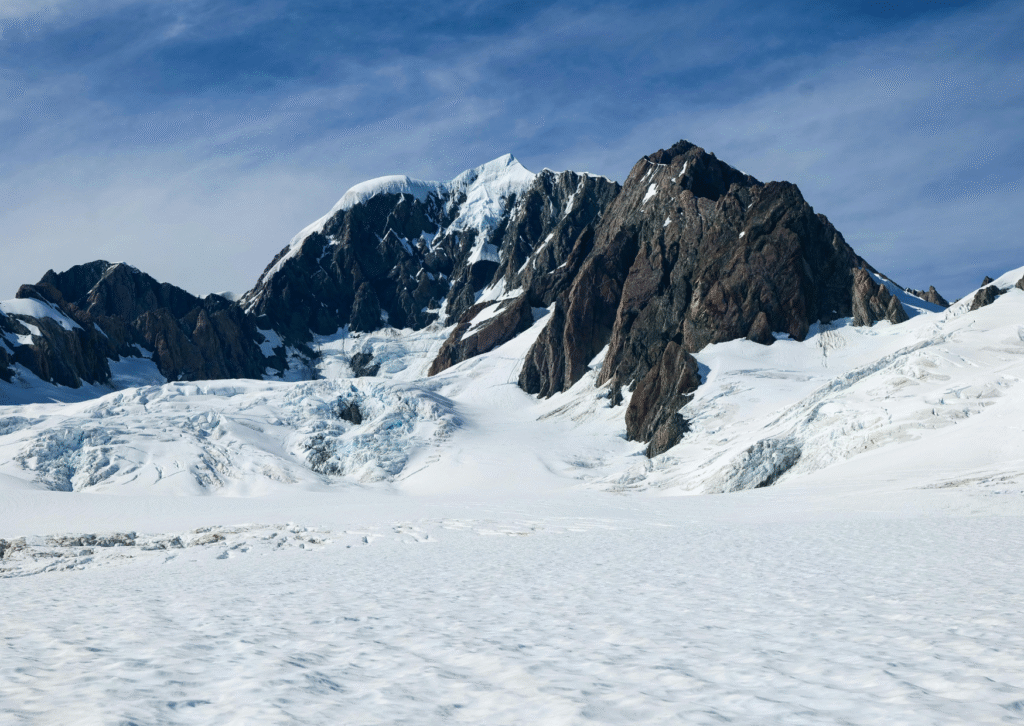
Fox Glacier is another spectacular spot on New Zealand’s South Island, not far from Franz Josef. You could walk to it from the valley level but it has shifted back a lot since then.
To get there it takes 6 hours from Christchurch and 5 hours from Queenstown.
The best time to visit is between November and March.
You can still get to odd ice formations by helicopter and stroll through them.
Why Glaciers Matter?
Not just for visitors, but also for people and ecosystems, glaciers are crucial. They contain fresh water, keep the sea levels steady and help large people live below them. They lost more than simply pictures from their trips they lost rising oceans, shifting weather and other things that affect the whole planet.
Tips for Traveling to Glaciers in an Eco-Friendly Way
- Choose tour firms who care about the environment and strive not to hurt it too much.
- Don’t use plastic bags that can only be used once.
- When you fly attempt to make up for the carbon you put into the air.
- Stay longer and take your time. A lengthy trip is preferable than a lot of short trips.
- To teach others share your experience in a responsible way.
The glaciers in our earth are melting faster than they ever have before. Scientists are doing everything they can to combat climate change, but the truth is that these huge icebergs might not be around for future generations to behold. If you want to view glaciers, don’t wait decades; many of them may be gone by then.
Travel safely, visit these magnificent things and let them remind you why protecting our world is worth it.
